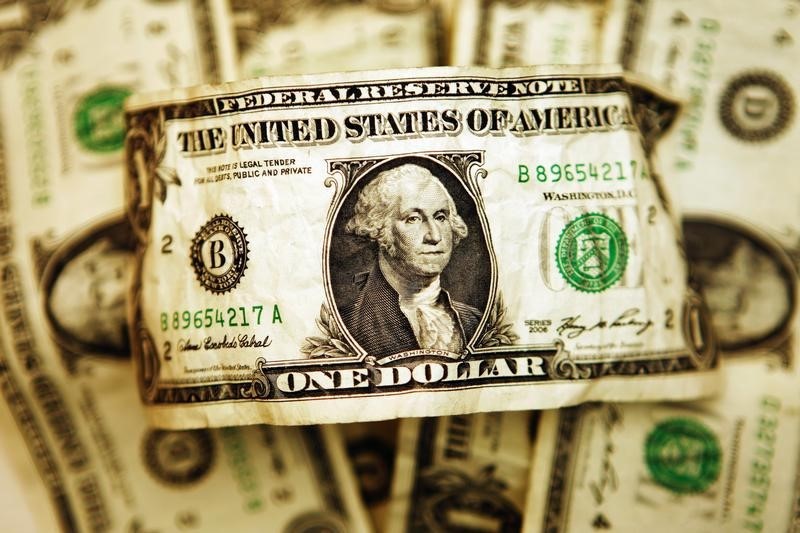By Peter Nurse
Investing.com - The dollar edged higher Tuesday, but remained near recent lows after last week’s frail jobs report while attention turns to a number of central bank meetings during the week.
At 2:55 AM ET (0755 GMT), the Dollar Index, which tracks the greenback against a basket of six other currencies, gained 0.2% to 92.215, rebounding a touch after falling to 91.941 for the first time since Aug. 4 on Friday.
USD/JPY rose 0.1% to 109.92, EUR/USD fell 0.1% to 1.1865, just off last week’s high of 1.1909, while GBP/USD dropped 0.1% to 1.3824, after British house price growth dropped to 7.1% in August from 7.6% in July, the weakest reading in five months, according to mortgage lender Halifax.
Monday’s U.S. holiday limited activity in the foreign exchange markets, but the dollar remained near its lowest levels for a month after the latest U.S. jobs report disappointed, suggesting the U.S. Federal Reserve is likely to delay beginning its asset tapering.
The “chances of the Fed announcing tapering at the September 22nd meeting seem to be dwindling,” analysts at ING said, in a note, after only 235,000 payrolls were added in August, with a resurgence in Covid-19 infections hurting the catering sector, in particular.
Still, with the jobs report {{0|now}} out of the way, the focus is {{0|now}} on policy decisions outside the U.S.
AUD/USD dropped 0.3% to 0.7416, falling from the recent high of 0.7477, after the Reserve Bank of Australia pushed ahead with a cautious winding back of its bond-buying program but extended the length of time it will exist.
The central bank said earlier Tuesday that they will purchase government bonds at a pace of A$4 billion ($3 billion) a week, down from A$5 billion previously. However, they will do this until at least mid-February, given the ongoing Covid virus wave, after originally planning to review the program in mid-November.
Next is the Bank of Canada, which will hand down its policy decision on Wednesday. The Canadian dollar remains near its highest level in about three weeks, with this central bank seen as one of the more hawkish.
Poland’s central bank is also due to meet on Wednesday, amid rising expectations for interest-rate increases with inflation recently hitting a two-decade high.
The European Central Bank’s policy decision on Thursday will probably be the week’s highlight, with hawkish members becoming more vocal about the gradual scaling back of the central bank’s monetary stimulus. The ECB had increased its pace of bond-buying earlier in the year to stop Eurozone long-term rates being pulled higher by U.S. ones.
The debate within the ECB is likely to become more vocal after euro area inflation surged to a 10-year high at 3% last week, but it's not clear that there is a majority in the governing council for reducing purchases now.
Finally, on Friday, Russia’s central bank meets just a couple of weeks after annual inflation hit a five-year high. It raised its benchmark policy rate by 100 bps to 6.5% at its July meeting, and is expected to hike again.
